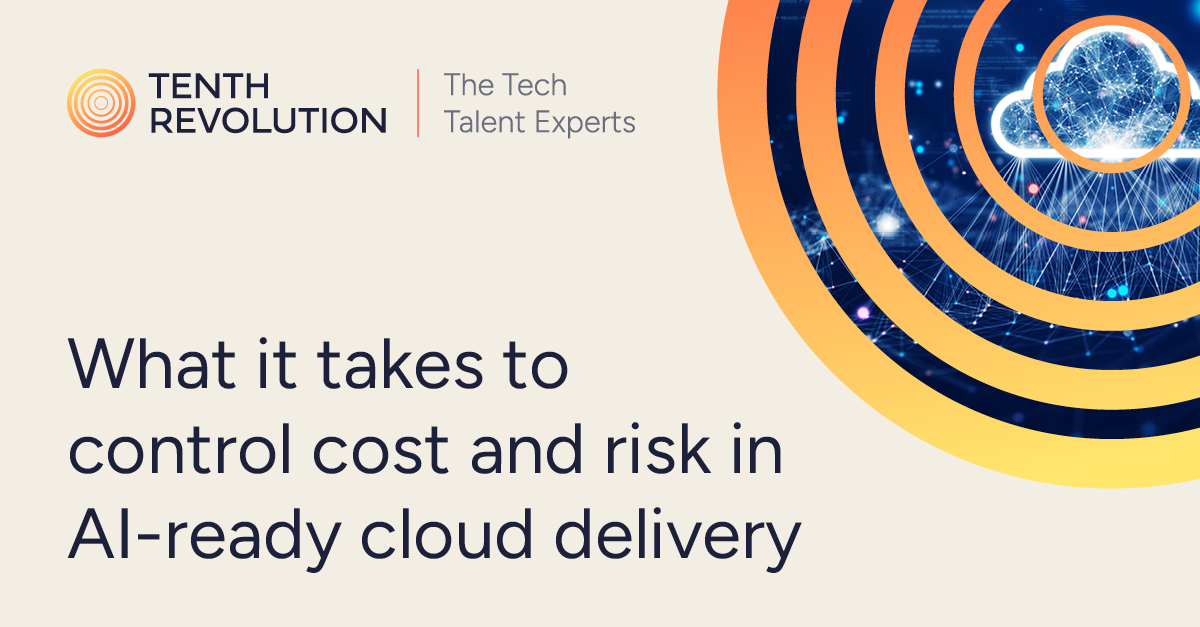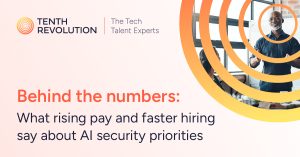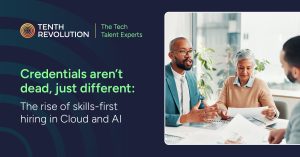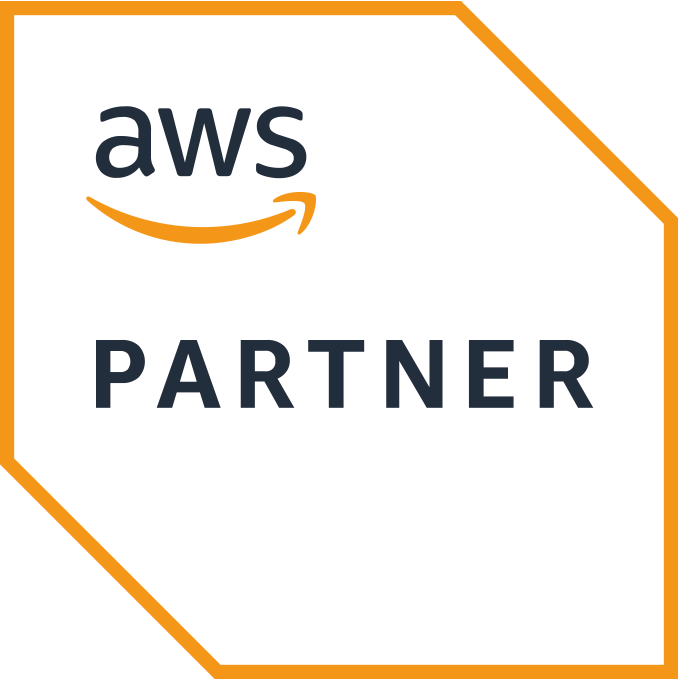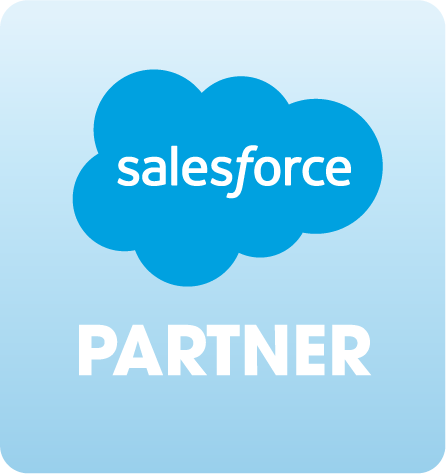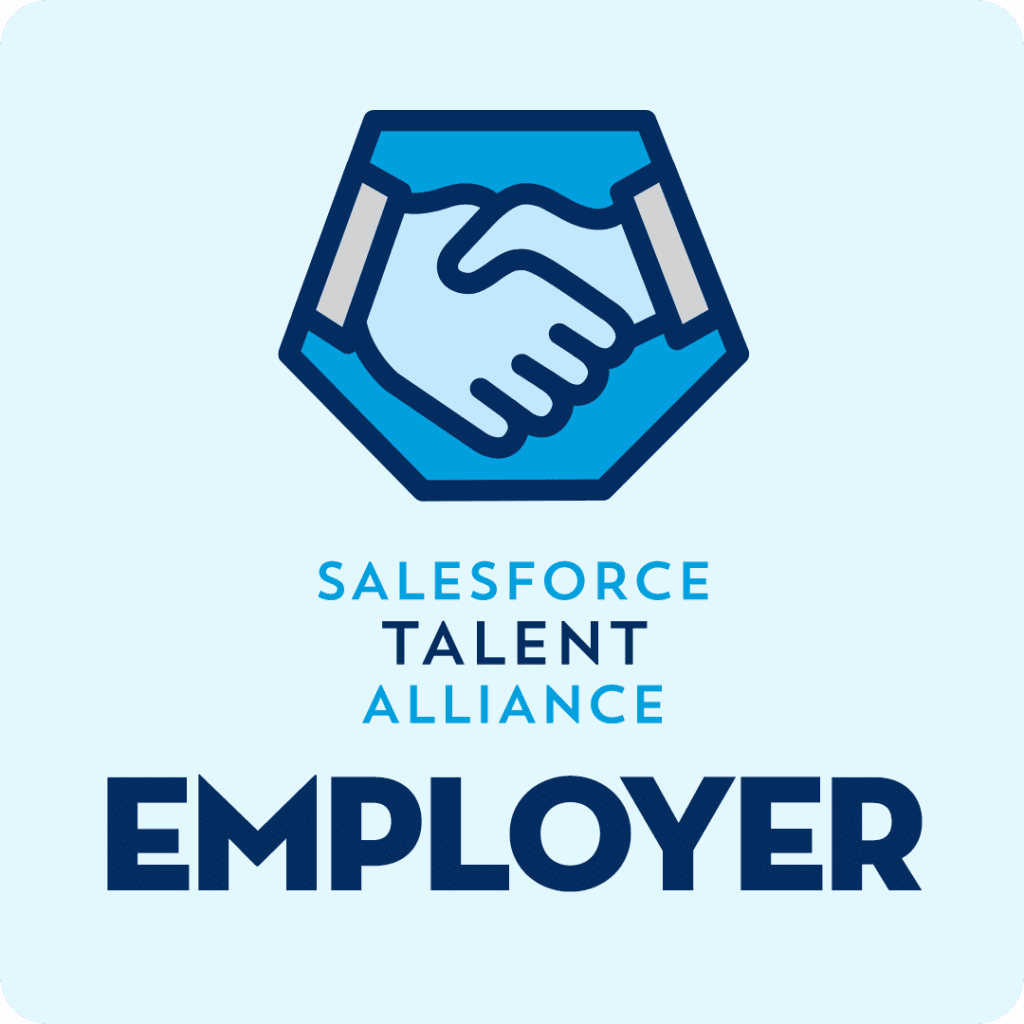The shift to AI workloads is rewriting the rules of cloud infrastructure.
Training large models and running inference at scale stretch capacity, budgets, and governance frameworks in ways traditional cloud operations never had to face. For business leaders, the challenge is not just about securing GPU power. It is about orchestrating resources, embedding financial discipline, and designing platforms that are ready for constant, unpredictable demand.
Why AI is testing cloud delivery models
Cloud delivery worked well when workloads were predictable and relatively linear. AI changes that equation. Businesses now face:
- GPU scarcity and price volatility. Competition between enterprises and hyperscalers keeps costs high and availability uncertain.
- Unpredictable inference loads. While training is resource-intensive, inference is the long-term cost center, requiring low-latency responses at unpredictable volumes.
- Data gravity and sovereignty. Moving training data across providers or borders introduces cost and compliance challenges.
- Complex multi-cloud strategies. To secure capacity, many organizations spread workloads across providers, but without strong governance this leads to duplication and reduced visibility.
These pressures put finance and operations leaders in the spotlight. If cloud delivery is not planned with AI in mind, budgets balloon and projects stall.
Want specialists who understand both AI infrastructure and financial governance? Tenth Revolution Group connects you with cloud and FinOps talent who can make your AI delivery reliable and cost-efficient.
The rise of platform engineering for AI
Enterprises are increasingly relying on platform engineering teams to build AI-ready foundations. These teams focus on reusable building blocks, common data pipelines, orchestration frameworks, and observability stacks, that all AI projects can use.
For AI delivery, platform engineering creates:
- Shared GPU orchestration. Instead of isolated teams competing for capacity, resources are pooled and allocated dynamically.
- Pre-built observability dashboards. Leaders get visibility into cost, latency, and drift across all AI applications.
- Guardrails by default. Compliance and governance checks are embedded into pipelines, so adoption does not create new risk.
The benefit is not just technical efficiency. Platform engineering creates consistency, reducing duplication and helping leaders scale AI with confidence.
FinOps as a strategic enabler
FinOps has always been about bridging finance, engineering, and operations. In the AI era, it becomes the key discipline for keeping cloud delivery sustainable.
Finance leaders adopting FinOps for AI can expect to:
- Attribute GPU spend directly to teams, models, or products, tying cost to value.
- Set policies for right-sizing workloads, avoiding idle or orphaned clusters.
- Use automated anomaly detection to catch unexpected spend before it spirals.
- Incorporate sustainability reporting, aligning energy use with compliance and brand commitments.
Many organizations lack in-house FinOps expertise tuned specifically to AI workloads. Tenth Revolution Group can provide contractors and permanent specialists who bring this niche knowledge into your team quickly.
Designing infrastructure for speed, reliability, and compliance
AI-ready infrastructure is more than just bigger clusters. Leaders need to think about:
- Placement strategies. Deciding which workloads belong in public cloud, sovereign providers, or on-premises clusters.
- Build vs. buy trade-offs. Balancing short-term flexibility of rented GPUs with long-term savings and control from private clusters.
- Security and residency. Ensuring data sovereignty while maintaining performance.
- Burst planning. Designing for irregular spikes in demand without overspending on permanent capacity.
By taking these steps, companies avoid the trap of treating AI infrastructure as an afterthought. Instead, it becomes a strategic lever that underpins growth and innovation.
How leaders can move forward
The practical playbook for executives is starting to take shape. To bring AI-ready delivery under control, leaders should:
- Build a cost observability layer that links spend directly to workloads and outcomes.
- Establish a multi-cloud governance framework to avoid duplication and data risks.
- Formalize an AI FinOps council that balances finance’s need for predictability with data science’s need for speed.
- Test resilience with pilot projects that stress-test orchestration, governance, and compliance processes.
- Benchmark readiness against upcoming regulations such as the EU AI Act or sector-specific rules.
The message is clear: managing AI infrastructure is not just an IT problem. It requires joined-up leadership across finance, operations, and compliance.
A foundation for the future
AI adoption is accelerating, and the expectations on leaders are rising just as fast. The question is no longer whether you can secure GPU clusters, but whether your organization has the financial discipline, governance, and engineering foundations to make them pay off.
What distinguishes the most forward-looking businesses is not the size of their cloud contracts, but the clarity of their operating model. When finance, operations, and engineering leaders work from a shared playbook, cloud delivery becomes a controlled environment rather than a chaotic cost center. That control is what enables experimentation, makes scaling possible, and keeps regulators and investors onside.
The opportunity is there for leaders who want to take it: by embedding FinOps, strengthening governance, and treating infrastructure as a strategic asset, you can turn AI delivery into a reliable platform for growth instead of a gamble.

